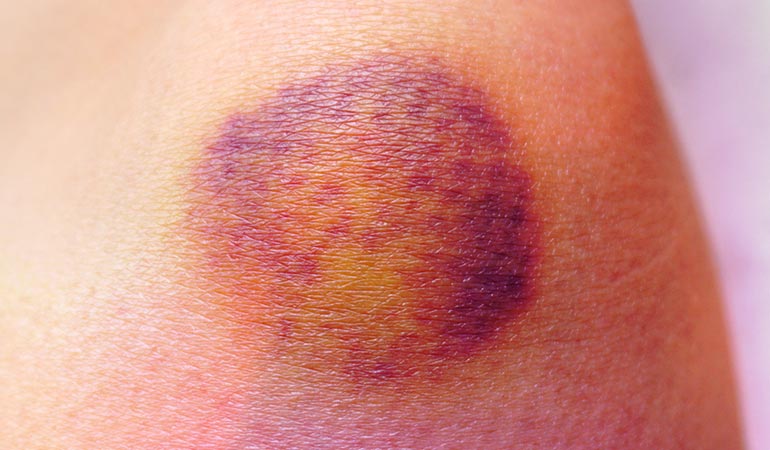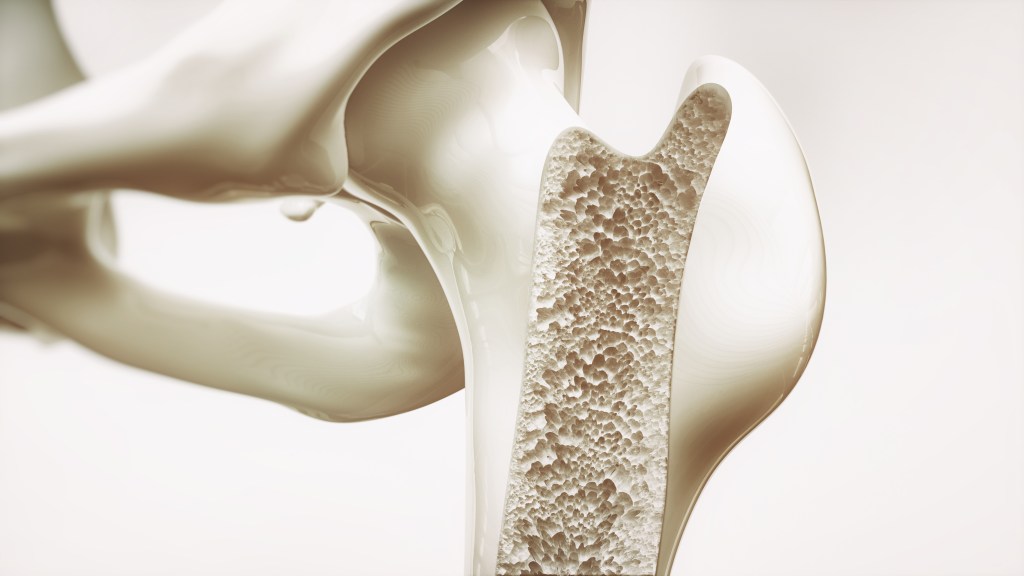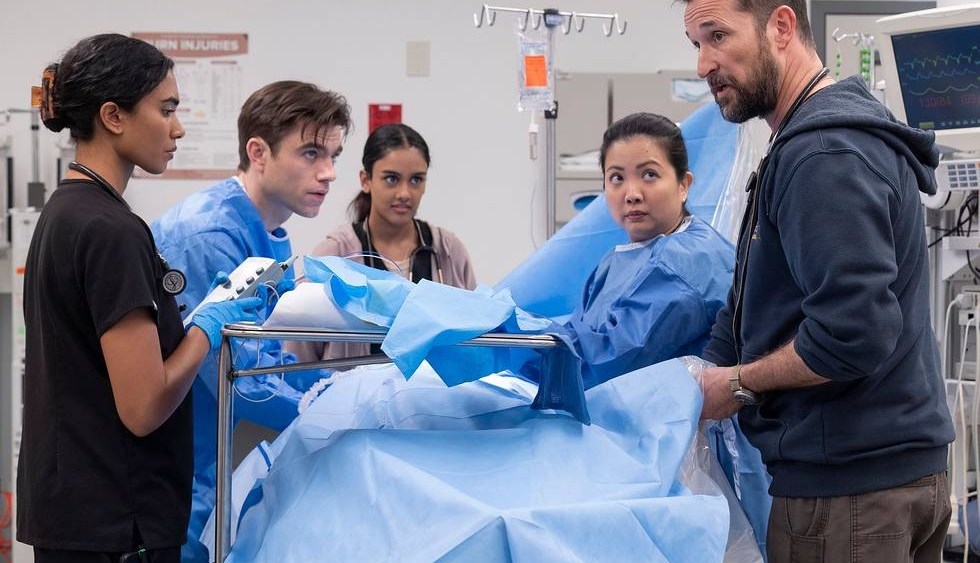Burn victims face a future that extends far beyond their initial injuries. After surviving the trauma, many spend years applying oils to grafted skin that refuses to moisturize itself. Others endure bodies that cannot properly regulate temperature because artificial skin lacks the sweat glands that evolution spent millions of years perfecting. Touch sensations disappear. Disfigurement persists. Current treatments help people survive, but they don’t restore what fire takes away. Scientists in Japan may have changed that reality.
Researchers at RIKEN Center for Developmental Biology grew skin in their lab that does something artificial grafts have never done before: it functions like real human tissue. Hair sprouts from it. Sweat glands work. Oil-producing sebaceous glands keep it moisturized without constant intervention. All three layers of natural skin form correctly, creating a complex organ system rather than just a protective covering.
Dr. Takashi Tsuji, who led the research team, achieved what the field has pursued for decades. His lab published findings in Science Advances that document the creation of fully functional three-dimensional skin tissue, complete with components that previous attempts could never replicate.
How Current Skin Grafts Fall Short for Burn Victims

Skin does far more than cover our bodies. As our largest organ, it protects against infection, regulates temperature, produces essential oils, and connects us to the world through touch. When severe burns destroy it, replacement options remain frustratingly inadequate.
Current artificial skin grafts consist of lab-grown sheets of epithelial cells. Doctors can transplant these sheets onto damaged areas, and they provide basic protection. But that’s where their function ends.
Patients who receive these grafts discover they must apply oil to the replacement skin multiple times daily. Without sebaceous glands to produce natural oils, the grafts dry out and lose their cushioning and waterproof properties. Sweat glands don’t exist in the artificial tissue, so temperature regulation fails in grafted areas. Bodies overheat more easily. Comfort decreases.
Nerve connections rarely form properly, leaving large patches of skin unable to feel. Patients lose one of their primary ways of experiencing the world. Hair never grows back in grafted regions, and the replacement skin often looks different from the surrounding tissue. Scarring remains visible. People who survive burns often face a lifetime of visible reminders and physical limitations.
Doctors and researchers have worked to improve these outcomes for years, but creating truly functional skin proved elusive. Until now, the technology could produce flat, two-dimensional sheets of cells, but couldn’t replicate the complex architecture that makes skin work.
Building Skin from Scratch Using Stem Cells

Tsuji’s team started with an unlikely source: gum cells extracted from the mouths of mice. Scientists bathed these adult cells in a solution of chemicals that essentially reversed their developmental timeline. Cells that had already specialized transformed back into induced pluripotent stem cells, a type that can develop into nearly any cell in the body.
Over several days in petri dishes, these stem cells formed into embryoid bodies, three-dimensional clumps that contain a mix of cell types found in developing embryos. Previous research had reached this stage before, but Tsuji’s group developed a new technique they called the clustering-dependent embryoid body transplantation method.
Instead of working with single embryoid bodies, researchers encased multiple clusters together in a gel. They transplanted these combined clusters into mice, where the cells could continue developing in a living environment for about a month.
A signaling molecule called Wnt10b played a key role in the process. When researchers treated the developing tissue with Wnt10b, the frequency of hair follicle formation increased dramatically. Follicles grew longer and more mature compared to untreated samples. Sebaceous glands and subcutaneous fat tissue developed properly.
After the tissue matured in the first set of mice, scientists extracted small pieces and transplanted them onto the skin of different mice. What happened next demonstrated the breakthrough nature of their work.
What Makes Lab-Grown Skin Actually Work

Fourteen days after transplantation, hair began growing from the artificial skin. Black hair emerged from the follicles, even on white-haired mice, proving that melanocytes from neural crest cells functioned correctly.
Analysis revealed the lab-grown tissue had formed all three major skin layers. Epidermis, dermis, and subcutaneous fat developed in proper sequence. Hair follicles contained all the specialized stem cells found in natural follicles, positioned in their correct anatomical locations. CD34-positive and Sox9-positive follicle stem cells appeared in the bulge region. Lgr5-positive stem cells occupied the lower portions where they belong.
Most impressive, the bioengineered skin made natural connections with the surrounding tissue. Nerve fibers are found and attached to the proper regions of hair follicles. Calponin-positive arrector pili muscles, the tiny muscles that cause goosebumps and help regulate temperature, are connected to the bulge regions of follicles in the correct orientation.
“Up until now, artificial skin development has been hampered by the fact that the skin lacked the important organs, such as hair follicles and exocrine glands, which allow the skin to play its important role in regulation,” Tsuji explained. “With this new technique, we have successfully grown skin that replicates the function of normal tissue.”
Sebaceous glands formed and began producing oils. Sweat glands developed a structure capable of excretion. Fat tissue creates the cushioning layer that protects deeper tissues and provides insulation. Every component worked together as an integrated system rather than isolated parts.
Researchers monitored the transplanted tissue for three months. No tumors formed. Hair went through complete natural cycles, growing and regrowing in patterns identical to normal mouse fur. Follicles produced all three types of mouse hair: zigzag, awl/auchene, and guard hairs, in proportions matching natural skin.
Beyond Burn Treatment Applications
While burn victims represent the most obvious beneficiaries, this technology opens doors to multiple applications. Cosmetics companies currently test products on animals or use inadequate artificial skin models that lack glands and pores. Real functional skin grown in labs could provide accurate testing without harming animals. Chemical absorption studies would yield more reliable results because the skin structure matches natural tissue.
People suffering from severe scarring or alopecia could potentially receive treatments that restore not just skin coverage but actual function. Hair growth, oil production, and sensation could return to damaged areas. Bodies could regulate temperature properly again.
Research itself benefits from having accurate skin models. Scientists studying skin diseases, wound healing, and drug delivery currently work with imperfect substitutes. Bioengineered functional skin provides a tool that behaves like the real thing, accelerating discoveries across multiple fields.
Animal testing regulations vary worldwide. Several countries banned cosmetic testing on animals, but the practice continues elsewhere. Tsuji noted that “tissue grown through this method could be used as an alternative to animal testing of chemicals,” potentially eliminating the need for these experiments.
Challenges Before Human Trials Begin

Despite remarkable success in mice, significant obstacles remain before human trials can start. Current bioengineered skin cannot create new nerve fibers on its own. It only connects to existing nerves in the surrounding tissue. For large burn areas, this limitation could reduce functionality since nerves might not reach throughout the graft.
Hair color sometimes mismatches the surrounding tissue. Some white-haired mice in experiments grew black hair from their bioengineered follicles. While this proves melanocytes function, it creates cosmetic concerns for human applications where matching hair color matters for patient satisfaction.
Scientists must optimize the technique for human cells, which differ from mouse cells in important ways. Cell culture conditions, growth factors, and transplantation methods all require adjustment. Safety testing must verify that human stem cell-derived skin won’t develop problems over decades rather than months.
Tsuji and his colleagues estimate five to ten years before this technology reaches clinical settings. Regulatory approval processes require extensive data on safety and effectiveness. Manufacturing challenges must be solved to produce tissue at scale for human-sized grafts. Cost considerations need to be addressed to make treatments accessible.
Yet these challenges represent engineering problems rather than fundamental barriers. Scientists proved the concept works. Now they must refine and scale it.
Why Fully Functional Skin Matters
Conversations about artificial skin often focus on medical metrics, but emotional and psychological impacts matter equally. People who receive current grafts frequently feel disfigured. Grafted areas look different, feel different, and function differently from natural skin. Social situations become harder. Self-image suffers.
Losing the sense of touch in large areas affects quality of life in ways difficult to quantify. Touch helps us navigate the world, protects us from injury, and connects us to other people. Skin that restores sensation gives patients back part of their humanity that burns stole.
Temperature regulation affects daily comfort and safety. People with extensive grafts must carefully manage their environments to avoid overheating. Exercise becomes dangerous. Hot weather creates genuine health risks. Functional sweat glands eliminate these concerns.
Constant maintenance requirements create ongoing burdens. Applying oils multiple times daily takes time and attention that healthy skin handles automatically. Bioengineered skin with working sebaceous glands frees patients from this routine.
Professor John McGrath of King’s College London, commenting on the research, said current grafts “function, but they don’t really look like or behave like skin. If you don’t have the hair follicles and you don’t have the sweat glands and things, it’s not going to function as skin.”
What Comes Next for Regenerative Medicine

Bioengineered skin represents one step toward a larger goal: growing complete replacement organs in laboratories. Tsuji expressed hope that “we are coming ever closer to the dream of being able to recreate actual organs in the lab for transplantation.”
Success with skin provides insights applicable to other organs. Techniques for guiding stem cell development, creating three-dimensional structures, and establishing proper connections with host tissue all transfer to different organ systems. Heart tissue, kidney tissue, and liver tissue each present unique challenges, but skin research illuminates possible paths forward.
Researchers transformed how they think about artificial organs. Earlier approaches tried to build tissue from the outside in, assembling pieces like construction projects. Tsuji’s method works from the inside out, letting cells organize themselves through natural developmental processes. Providing the right signals and environment allows biology to handle the complex assembly.
Results from 216 transplants showed consistent success. Hair eruption and growth occurred reliably. Integration with the host tissue happened predictably. Y-chromosome testing confirmed transplanted tissue maintained its origin while connecting properly to the female host mice. Evidence suggests the technique produces reproducible outcomes rather than lucky accidents.
Patients waiting for better treatments can take hope from this progress. While commercial availability remains years away, proof that functional bioengineered skin can grow, transplant, and work changes what’s possible. Burns may always cause trauma, but they might not cause permanent loss of function.
Science moved one step closer to giving burn victims back what fire takes away: skin that sweats, grows hair, feels touch, and simply works.












Leave a Reply